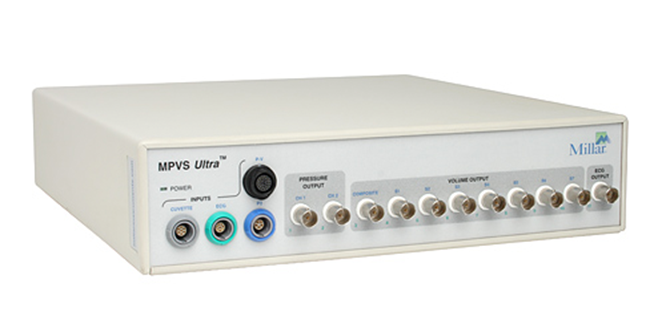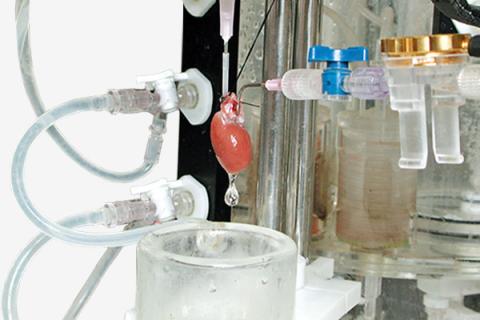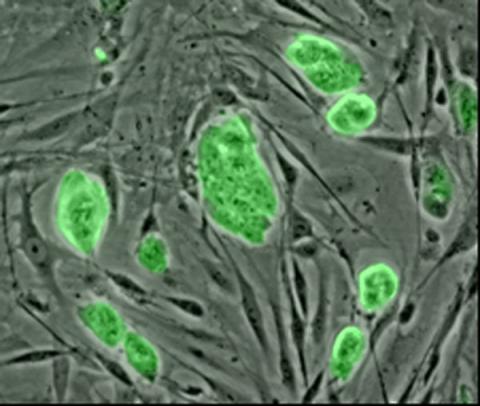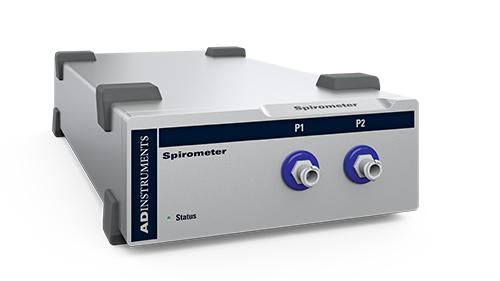We’d like to take a moment to celebrate 10 of our favorite cardiovascular publications from the past couple of years; exploring everything from robotics to stem cells to AI to genomics. Every step made here is a step toward not only better heart health, but a greater understanding of the heart itself.
A therapeutic target for treating cardiac fibrosis after injury
Cheng, Ni, et al. “FMO2 (Flavin Containing Monooxygenase 2) Prevents Cardiac Fibrosis via CYP2J3-SMURF2 Axis.” Circulation Research, vol. 131, no. 3, July 2022, pp. 189–206. https://doi.org/10.1161/circresaha.122.320538
Cardiac fibrosis is a kind of progressive scarring that occurs as a result of age or injury. Fibrosis is a major health risk, and can be deadly. It can make the heart stiffer, less electrically conductive, and has no known treatment. In their research, Cheng et al. examined the expression of FMO2 in pre and post-injury hearts, identifying a potential therapeutic target for post-injury cardiac fibrosis.
This research uses

The complement system regulates cardiac remodelling in right ventricular failure
Ito, Shogo, et al. “The Complement C3-complement Factor D-C3a Receptor Signalling Axis Regulates Cardiac Remodelling in Right Ventricular Failure.” Nature Communications, vol. 13, no. 1, Sept. 2022, https://doi.org/10.1038/s41467-022-33152-9.
Right ventricular failure is a consistent feature of heart failure. To examine what it is about the right ventricle that creates this disease bias, Ito et al., compared the gene expression of the left ventricle, right ventricle, and ventricular septum. Their analysis revealed that genes in the complement system were more commonly expressed in the right ventricle and that the complement system itself may play a role in the pathophysiology of right ventricular failure.
This research uses
Heart-Brain Interaction Initiates Cardiac Inflammation and Hypertrophy
Higashikuni, Yasutomi, et al. “NLRP3 Inflammasome Activation Through Heart-Brain Interaction Initiates Cardiac Inflammation and Hypertrophy During Pressure Overload.” Circulation, vol. 147, no. 4, Jan. 2023, pp. 338–55. https://doi.org/10.1161/circulationaha.122.060860
Cardiac inflammation can result in cardiac hypertrophy and heart failure. Inflammation occurs as a result of mechanical stress on the heart, commonly from hypertension or high blood pressure. The most effective therapeutic target would be the function regulating this inflammation.

In their research, Higashikuni et al., explore the regulation of cardiac inflammation by the brain via NLPR3 and what it may mean for future treatment.
This research uses
Improving donor heart preservation and function
Lei, Ienglam, et al. “Metabolic Reprogramming by Immune-responsive Gene 1 Up-regulation Improves Donor Heart Preservation and Function.” Science Translational Medicine, vol. 15, no. 682, Feb. 2023, https://doi.org/10.1126/scitranslmed.ade3782.
Time is of the essence when it comes to organ donation, with just hours of viability between extraction and implantation of the donated organ. In their research, Lei et al., demonstrate that upregulation of IRG1 and itaconate can improve heart function after prolonged preservation. This opens up the possibility of extending the window of viability for donor hearts, which could increase the number of donor hearts successfully transplanted.
This research uses

Discovery of a novel cardiac-specific myosin modulator using artificial intelligence-based virtual screening
Parijat, Priyanka, et al. “Discovery of a Novel Cardiac-specific Myosin Modulator Using Artificial Intelligence-based Virtual Screening.” Nature Communications, vol. 14, no. 1, Nov. 2023, https://doi.org/10.1038/s41467-023-43538-y.
Heart disease and heart failure could be treated by direct modulation of the heart’s muscular contractility via cardiac myosin. In their research, Parijat et al. use AI-based virtual high-throughput screening to identify novel small molecule effectors of human β-cardiac myosin and test these molecules in biochemical counter-screens. This led to the identification of a chemical scaffold called ‘F10’.
This research uses
Cardiomyocytes induced from hiPSCs have therapeutic potential in heart failure
Li, Hongmei, et al. “Cardiomyocytes Induced From hiPSCs by Well-defined Compounds Have Therapeutic Potential in Heart Failure by Secreting PDGF-BB.” Signal Transduction and Targeted Therapy, vol. 7, no. 1, July 2022, https://doi.org/10.1038/s41392-022-01045-4
Human-induced pluripotent stem cell-derived cardiomyocytes may be useful in the treatment of heart failure. Li et al. developed a protocol to optimally induce these cardiomyocytes in order to study their effects on mice with heart failure. They found that the induced cardiomyocytes attenuated cardiac remodeling, but the therapeutic impact was proportional to the survival of the induced cardiomyocytes.
This research uses

Meteorin-like promotes heart repair through endothelial KIT receptor tyrosine kinase
Reboll, Marc R., et al. “Meteorin-like Promotes Heart Repair Through Endothelial KIT Receptor Tyrosine Kinase.” Science, vol. 376, no. 6599, June 2022, pp. 1343–47. https://doi.org/10.1126/science.abn3027.
The physical stress caused by a heart attack can cause long-term damage to the heart. With limited capacity to repair itself, the damaged heart develops scar tissue, limiting its ability to function and potentially leading to heart failure. In their research, Reboll et al. identified a ligand for KIT, a stem cell factor receptor in the heart that is known to repair damaged cardiac tissue without scarring.
This research uses
A soft robotic sleeve mimicking aortic stenosis
Rosalia, Luca, et al. “A Soft Robotic Sleeve Mimicking the Haemodynamics and Biomechanics of Left Ventricular Pressure Overload and Aortic Stenosis.” Nature Biomedical Engineering, vol. 6, no. 10, Sept. 2022, pp. 1134–47. https://doi.org/10.1038/s41551-022-00937-8.
Aortic stenosis is a progressive calcification of the aortic valve that interferes with the opening and closing of the valve, as well as causing a general narrowing of the aortic valve. In their research, Rosalia et al. developed a preclinical model of aortic stenosis through the use of a soft robotic sleeve around the aorta.
This research uses

The link between aging and heart failure
Zhang, Liyong, et al. “Insulin-like Growth Factor-binding Protein-7 (IGFBP7) Links Senescence to Heart Failure.” Nature Cardiovascular Research, vol. 1, no. 12, Dec. 2022, pp. 1195–214. https://doi.org/10.1038/s44161-022-00181-y
The risk of heart failure increases with age, either due to the inflammatory impact of stress or due to age itself. As our population ages, finding treatments for age-related heart failure is increasingly important. In their research, Zhang et al. found that IGFBP7 promotes tissue fibrosis and cellular aging in response to cardiac injury by suppressing FOXO3a.
This research uses
Molecularly defined circuits for cardiovascular and cardiopulmonary control
Veerakumar, Avin, et al. “Molecularly Defined Circuits for Cardiovascular and Cardiopulmonary Control.” Nature, vol. 606, no. 7915, June 2022, pp. 739–46. https://doi.org/10.1038/s41586-022-04760-8.
Basic physiology is at the core of all physiological research progress. In order to get to the point where we can test treatments, we must first understand the systems and circuits we’re modulating. In their research, Veerakumar et al. dissect the cardiac parasympathetic control circuit in mice, identifying two distinct branches; the ambiguus cardiovascular and the ambiguus cardiopulmonary.
This research uses

